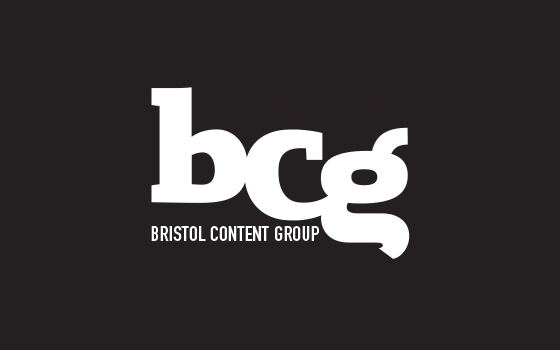Good editing is like good user experience design: When it’s really good, you shouldn’t notice it at all. Like good UX design, good editing will let the reader experience the content seamlessly, whatever it is, and absorb the information within.
I love technology, but my passion is the written word. Before I became a content strategist for Newfangled, I was an editor at HOW Magazine, where I met Chris and Mark, and I now write for publications including Wired, Quartz and Print.
We’re writing and reading now more than ever. And there’s a lot of crappy content on the web.
Do you know that type of web writing where you emphasize important phrases?
And then you separate individual sentences into their own paragraphs and bold it so the user knows it’s really important.
And then you throw in another regular sentence. But then you emphasize something again.
And then there’s a call to action with an H2 tag.
When I see that kind of formatting, I just assume it’s a sales pitch that’s short on substance and was just trying to hit a certain word count for SEO purposes. It’s lazy, and it’s the wrong kind of editing.
Good editing for human consumption can turn content that’s difficult to understand, inconsistent, questionable or boring into content that people want to read and share. (That will include bolding, emphasis and headline tags, but in moderation.)
You’ve likely read plenty of articles about content strategy and maybe even implemented such a thing for your own business; editing is an often-overlooked component of content strategy. By editing, I mean correcting grammar, spelling and punctuation, as well as working on consistency, accuracy, voice and style. Your organization should have a style guide for written content just as it has visual guidelines for design. How do you capitalize your company’s name and its projects? Is the company’s tone of voice breezy and casual or formal and stoic or somewhere in between? How does your customer like to hear from you? It’s all about the user.
Not every writer can be an editor — it takes a certain kind of obsessive personality and an ability to simultaneously focus on tiny details and the big picture. If you’re a content person, you’ve probably read Strunk and White’s classic book “The Elements of Style.” (And if you haven’t read it, you absolutely should.) And even editors, when writing, need an editor. Spell check is not good enough to get copy into tip-top shape.
Here are some of my biggest rules of editing:
- Don’t make the user work. Go ahead and link to anything that a person might be prompted to search for after reading your copy. Bolding, italics and H tags should be used conscientiously to help guide the reader through the piece.
- Avoid using acronyms or abbreviations that a newbie wouldn’t understand. Explain concepts that might not be common knowledge, and if you need to use abbreviations or acronyms, spell them out on first reference.
- Get to the point. Even the best long-form magazine writers get to the nut graph of their story (the thesis, the point) sooner rather than later. You have only a short time to convince the reader to give you their attention, and you should honor that by not wasting their time with copy that’s irrelevant.
- Aim to reduce redundancy anywhere you can. Readers will stumble over unnecessary words. Why use 20 words when 10 will work just as well? If you tend to be verbose, try cutting all of the adverbs (words ending in -ly) in your copy.
- Ensure that the copy is reaching its goals. Those goals could be to inform, inspire or educate the reader, purely for SEO purposes or to drive traffic into your sales funnel. Don’t write copy for copy’s sake.
Content people, is there anything else you’d add to that list?


